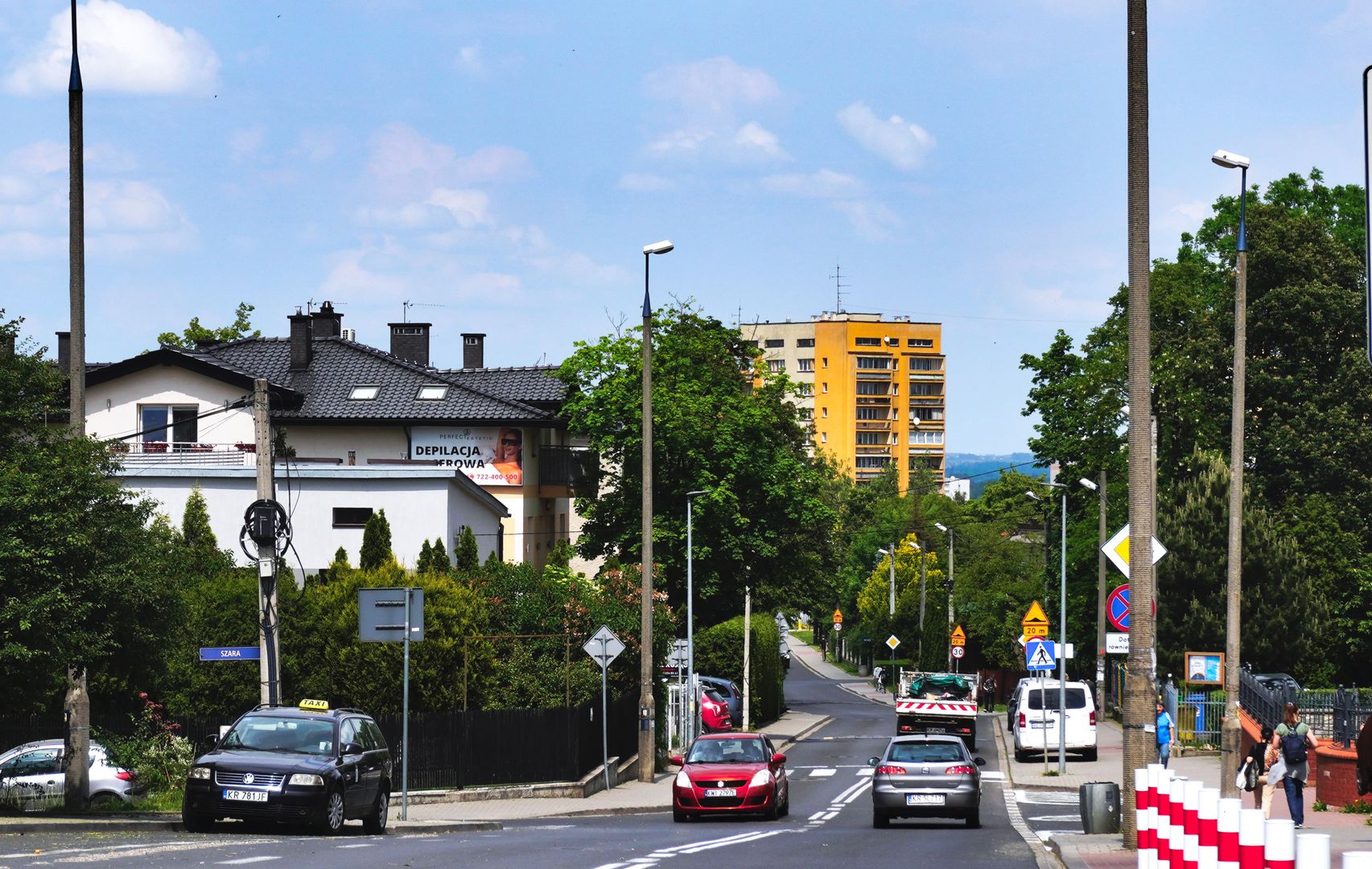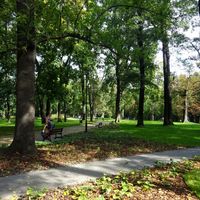Prokocim
6.73

Overview
Located in the southeastern part of Kraków, Prokocim boasts a rich history dating back to the Paleolithic era. Archaeological discoveries indicate human presence as early as that period, and from the Lusatian culture times, it is home to one of the richest burial grounds in Poland. The first mention of Prokocim dates back to 1365, when the village was owned by knightly families of Kraków. In the 18th century, Prokocim became the residence of the Wodzicki family, who built a palace that was later converted into an Augustinian monastery. In the 19th century, the village developed thanks to the construction of the Kraków-Lviv railway line, which contributed to the settlement of citizens and increased social engagement, including the establishment of a housing cooperative for railway workers in 1918. Prokocim was one of the first places in the Kraków province to introduce public electric lighting, and after the war, it became a typical urban settlement with numerous single-family homes and residential blocks, such as Kozłówek and Nowy Prokocim. Prokocim is home to important institutions, including the University Children's Hospital, built in the 1960s, with a wide range of medical departments. Among its historic landmarks, the palace and park complex stands out as a valuable architectural site. Prokocim also boasts a rich educational infrastructure with numerous schools and kindergartens. The area is full of social and cultural activities, with initiatives supporting children and the elderly, as well as local associations. Prokocim has many shops and services, underscoring its role as an important transportation and social hub in Kraków. The region is developing dynamically, blending tradition with modernity.
Location
Tickets
Powered by GetYourGuide
2025 Wizytor | All Rights Reserved

